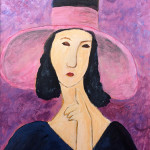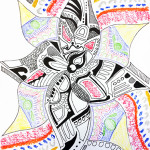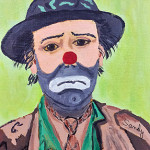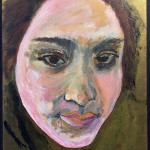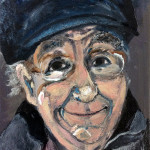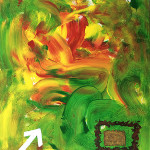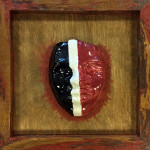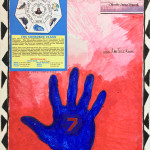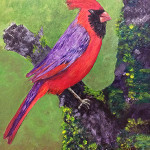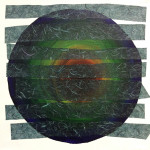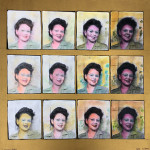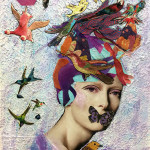About Art Therapy
Art therapy is a mental health profession in which clients are encouraged to use art media, the creative process, and the resulting artwork to explore their feelings, reconcile emotional conflicts, foster self-awareness, manage behavior and addictions, develop social skills, improve reality orientation, reduce anxiety, and increase self-esteem. A goal in art therapy is to improve or restore a client’s functioning and his or her sense of personal well-being. Art therapy practice requires knowledge of visual art (drawing, painting, sculpture, and other art forms) and the creative process, as well as of human development, psychological, and counseling theories and techniques. (Source: American Art Therapy Association)
Art therapists work with people of all ages: individuals, couples, family groups and communities. They provide services, individually and as part of clinical teams, in settings that include mental health, rehabilitation, medical and forensic institutions; community outreach facilities; wellness centers; schools; nursing homes; corporations; open studios and independent practices.
Involvement in art therapy strengthens self-esteem, offers the opportunity for positive feedback, and allows a person to participate in art making in a supportive environment. People can:
- explore personal potential and problems through non-verbal and verbal expression
- gain insight, unblock and move forward
- reconcile emotional conflicts
- foster self-awareness, personal growth and wellness
- stimulate mental and physical activity
- channel anger and relieve depression
- grieve, cope, reminisce and adapt
- build confidence in art and interactive skills
For more information, check out: American Art Therapy Association, Buckeye Art Therapy Association, and Art Therapy Credentials Board
training and credentials
At the Art Therapy Studio, we employ credentialed art therapists to influence change through art making within the context of a therapeutic relationship in accordance with the following professional regulations mandated by AATA:
A master’s degree is required for entry level practice in art therapy from institutions of higher education recognized by regional accreditation bodies approved by the Council for Higher Education Accreditation (CHEA). The minimum educational, professional, and ethical standards for the profession are established by the American Art Therapy Association. The American Art Therapy Association’s Education Committee establishes the Educational Standards used by the Educational Program Approval Board (EPAB) to review art therapy masters programs for compliance and accreditation.
Educational requirements include theories of art therapy, counseling, and psychotherapy; ethics and standards of practice; assessment and evaluation; individual, group, and family art therapy techniques; human and creative development; multicultural issues; research methods; and internship experiences in clinical, community, and/or other settings. (see Education).


